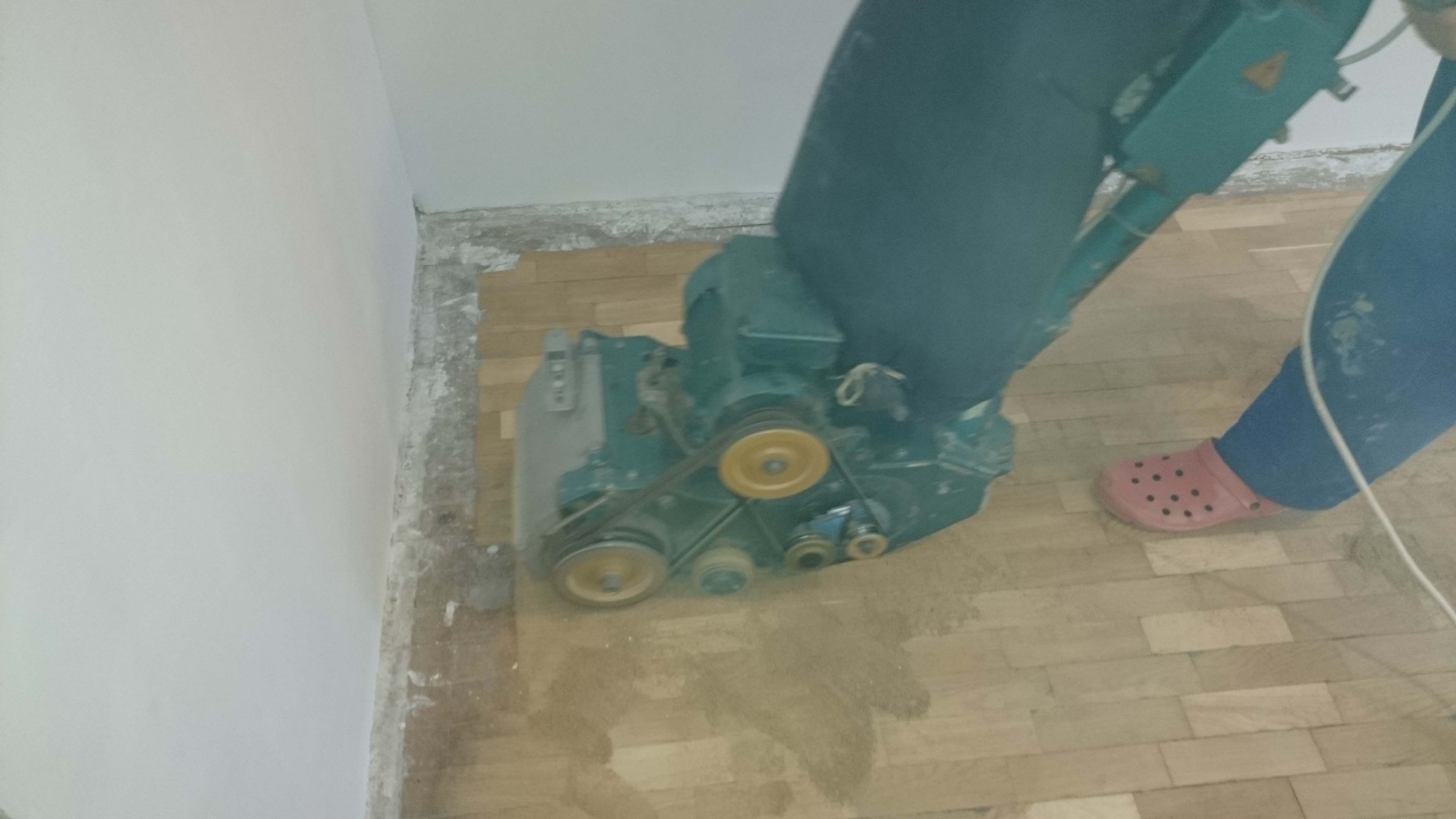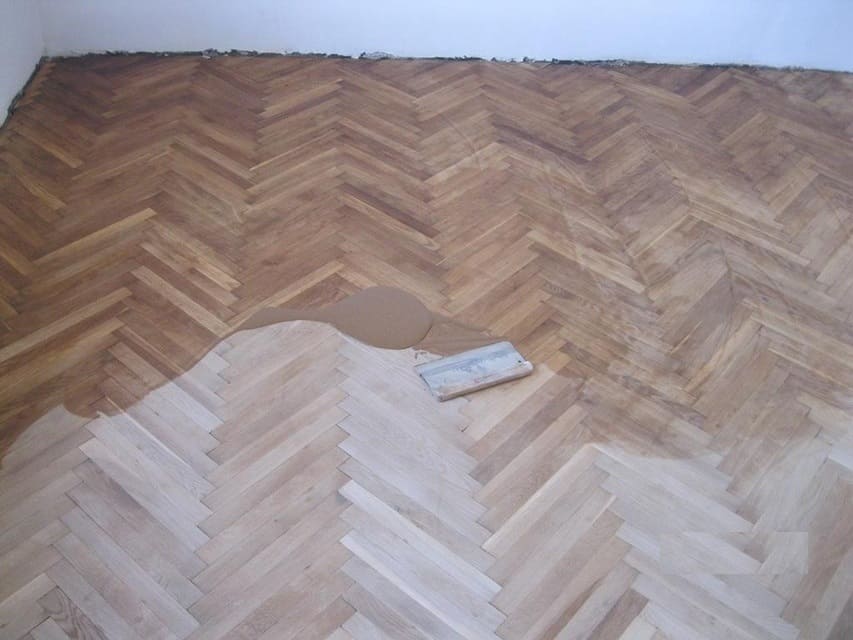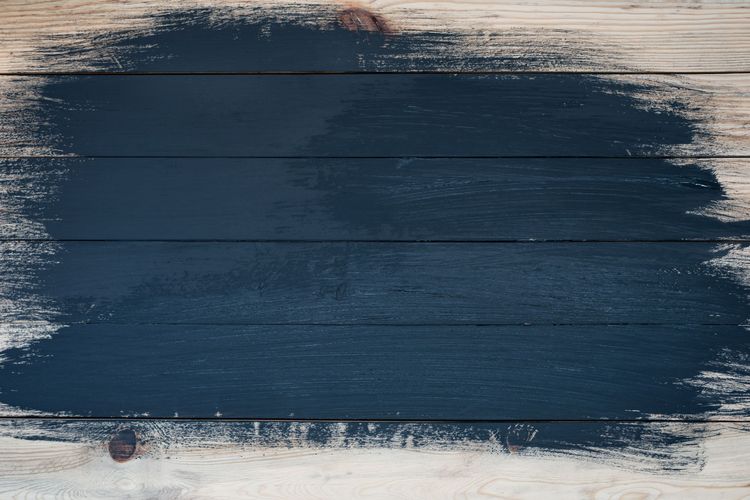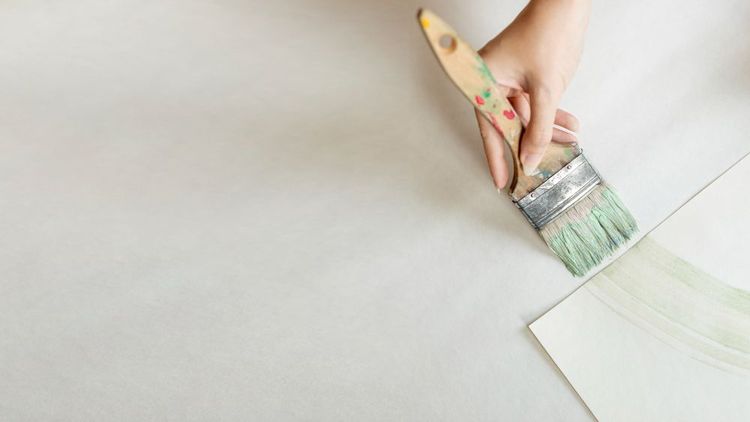When is Parquet Floor Sanding Necessary?

Parquet flooring is a classic and sophisticated choice that adds warmth and elegance to any space. However, like all wood floors, parquet requires maintenance to preserve its beauty and structural integrity. One of the most critical maintenance procedures is floor sanding – a process that can rejuvenate worn-out wood surfaces.
This guide will explain what parquet floor sanding entails, when it becomes necessary, how the process works, and how to care for your floors afterward.
Understanding Parquet Floor Sanding
Floor sanding is the methodical removal of a wood floor's top layer using abrasive materials. This process eliminates surface imperfections and prepares the wood for a new protective finish. For parquet floors, which consist of intricate geometric wood patterns, sanding requires particular care to preserve the design while removing damage.

The importance of sanding cannot be overstated. It removes years of accumulated wear, including deep scratches, stains, and uneven areas caused by foot traffic or furniture movement. More importantly, sanding exposes fresh wood, allowing for proper application of new sealants that protect against future damage and moisture penetration.
Without periodic sanding, parquet floors gradually lose their luster. The wood may become rough, discolored, and more susceptible to water damage. In severe cases, unsanded floors may develop structural issues that require complete replacement rather than simple refinishing.
Signs Your Parquet Floor Needs Sanding
Several indicators suggest your parquet flooring requires professional sanding:
Visible Surface Damage
Deep scratches that penetrate through the finish into the wood itself are clear signs that sanding is necessary. These often occur in high-traffic areas or where furniture has been moved repeatedly. Similarly, dents from dropped objects or pet claws may require sanding if they've compressed the wood fibers.
Discoloration and Staining
Over time, sunlight can bleach wood, while spills and chemical cleaners may cause dark stains. When these discolorations penetrate beyond the surface finish, sanding becomes the only solution to restore uniform color across the floor.
Worn or Peeling Finish
If the protective coating shows signs of wear – appearing patchy, flaking, or peeling – the floor needs refinishing. This typically occurs after years of use, especially in commercial settings or busy households.
Structural Irregularities
Cupping, warping, or uneven boards caused by moisture exposure or improper installation often require sanding to level the surface. This is particularly important before applying new finishes, as uneven surfaces lead to inconsistent coating application.
Preventative Maintenance
Even without obvious damage, experts recommend sanding parquet floors every 7-10 years as preventative maintenance. This removes microscopic wear before it becomes visible, extending the floor's lifespan significantly.
There are situations when sanding should be avoided. Floors with very thin veneers (common in some engineered wood products) may not have enough material to sand without causing damage. In such cases, replacement might be more practical than refinishing.
The Parquet Sanding Process Explained Professional parquet sanding follows a meticulous multi-stage process to ensure optimal results:
Preparation Phase
The room must be completely cleared of furniture and fixtures. Any protruding nails or staples are countersunk to prevent damage to sanding equipment. A thorough cleaning removes dust and debris that could interfere with the sanding process.
Sanding Procedure
The actual sanding begins with coarse-grit abrasives (typically 36-40 grit) to remove the old finish and level the surface. For parquet's intricate patterns, professionals often use specialized equipment that can work with the geometric design without causing uneven wear.
After the initial sanding, progressively finer grits (60-80, then 100-120) smooth the surface. Edges and corners receive special attention using detail sanders, ensuring complete and even refinishing throughout the room.
Finishing Touches
Once sanding is complete, all dust is meticulously removed through vacuuming and tack-cloth wiping. At this stage, wood stain may be applied if a color change is desired. Finally, multiple coats of protective finish (usually polyurethane or oil-based) are applied, with proper drying time between coats.
The entire process typically takes 2-4 days, depending on room size and the products used. Proper ventilation is crucial during the finishing stage to ensure even curing of protective coatings.

Professional vs. DIY Sanding Considerations
While DIY sanding may seem cost-effective, parquet floors present unique challenges that often warrant professional service. The intricate patterns require careful handling to avoid creating uneven surfaces or damaging the wood mosaic. Professionals have access to industrial-grade equipment that removes material evenly while minimizing dust production.
DIY attempts often result in over-sanding in some areas and under-sanding in others, particularly with inexperienced operators. The cost of renting proper equipment and purchasing quality abrasives can approach the price of professional service, without guaranteeing comparable results.
For homeowners determined to attempt DIY sanding, starting with a small, inconspicuous area is advisable. However, for whole-house projects or valuable antique parquet, professional refinishing typically offers better long-term value and superior results.
Post-Sanding Care and Maintenance
Proper maintenance after sanding extends the results significantly. Felt pads should be placed under all furniture legs to prevent scratches. Doormats at all entrances reduce abrasive dirt and grit that can wear the new finish.
Cleaning should use pH-neutral products specifically formulated for wood floors. Harsh chemicals or excessive water can damage the finish. Periodic reapplication of protective coatings (every few years in high-traffic areas) maintains the floor's resistance to wear and moisture.
Avoid walking on refinished floors with high heels or cleats, and promptly wipe up spills to prevent moisture penetration. With proper care, a professionally sanded and finished parquet floor can maintain its beauty for a decade or more before requiring another refinishing.
Parquet floor sanding is an essential maintenance procedure that restores beauty and protects your investment in wood flooring. Recognizing when sanding is needed – whether due to visible damage or as part of regular maintenance – helps preserve your floors for generations.
While the process requires skill and proper equipment, the results transform worn, tired floors into stunning focal points that enhance any space. For most parquet flooring projects, professional refinishing offers the best balance of quality, durability, and long-term value.
By understanding the sanding process and implementing proper aftercare, you can ensure your parquet floors remain a timeless and elegant feature of your home or business for years to come.



